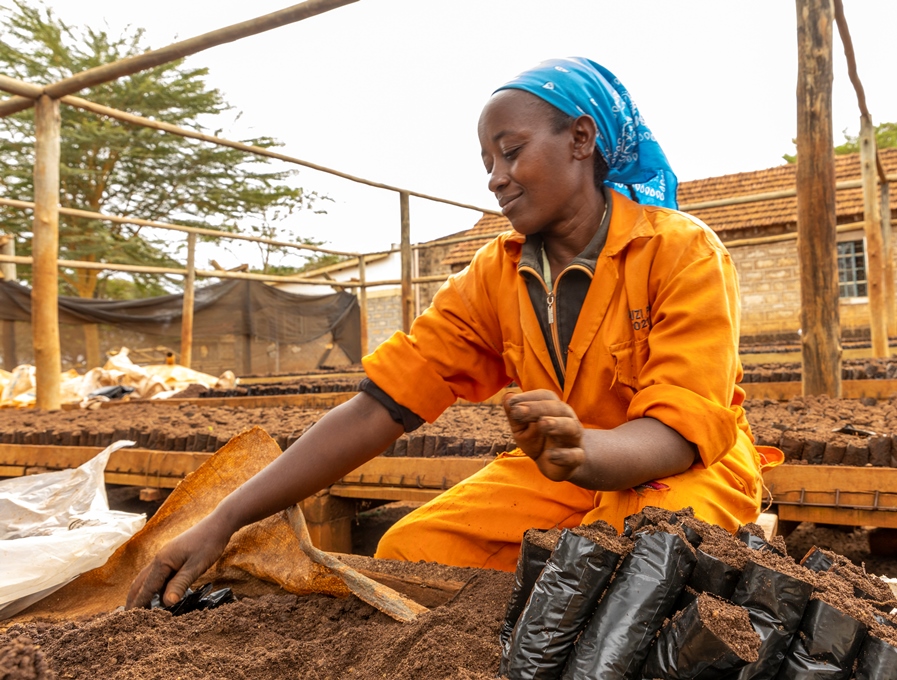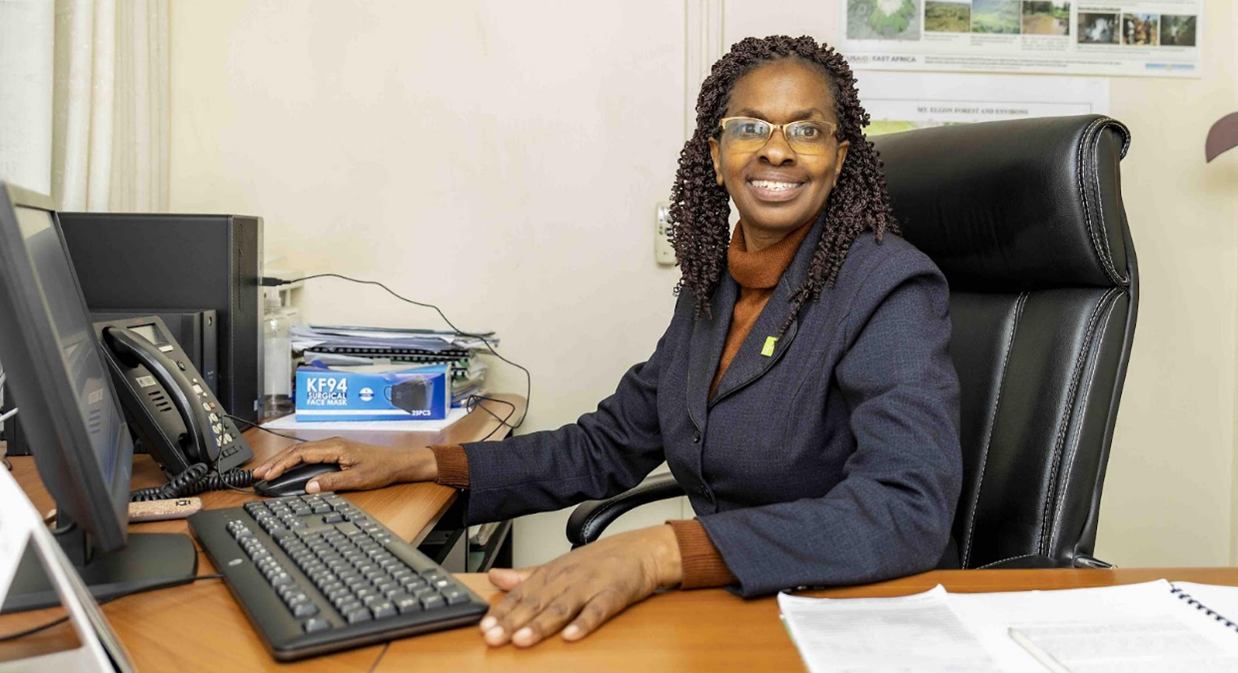The African Forest Forum (AFF) was set up in 2007 to generate knowledge and build capacity for the vital task of protecting forests, sustaining use and management of its resources as the continent was developing. Over the years its membership has grown tremendously, to include great minds in science, conservation, sustainable development, focused on creating livelihoods and maintaining ecosystems.

In Kenya, there exists a very strong conservation activism, primarily focused on wildlife. Such luminaries as Richard Leakey, Paula Kahumbu, David Sheldrick and Nobel Prize winner Wangari Maathai fill its history. Wangari, of course, was a champion of forests, planting 350 million trees in her lifetime. While the African Forest Forum has certainly influenced the many forest-related organisations in Kenya, they have perhaps had their biggest impact on government institutions. These bodies in turn have become continental leaders, housing scientific facilities, promoting new ideas of how forests can coexist with agriculture and other land uses, supporting communities to take care of their forests, and their trees outside forests.
The Kenya Forest Service is one of the institutions that has been able to have a great effect on the nation’s policy making toward forests. They are an important partner for the African Forest Forum. Their mandate is broad. They are in charge of the forests that are gazetted by the government. They also have dominion of 152,000 hectares, which is 6% of the nation’s plantation forests, which has been planted for harvesting.
The Kenya Forest Service issues licenses for communities to take water from the forest. They grant permission for non-extractive forest activities. They not only license, but also encourage creation of eco-tourism enterprises based on forestry. They oversee development projects, like the stringing of power lines through the forest or the creation of transportation routes. Grazing and the collection of non-timber forest products such as medicinal plants are also encouraged for local communities. And the Forest Service is also ensuring good governance and implementation of the law therefore, keeping an eye out for illegal or harmful activities. Kenya has 234 registered community forest associations. They all sign legally binding forest management agreements with the KFS. This practice started in 2007 and in the last 10 years has been largely informed by research and information developed and disseminated by the African Forest Forum.
Charity Munyasya is the Deputy Chief Conservator of Forests for the Kenya Forest Service. She lauds the success of the community pacts. “We are really happy with the community so far. In these community pacts, besides the user rights the community enjoy, in the forest, we work with them to help them to develop proposals for funding. Further, we also work with the 47 county governments on forest initiatives to achieve both the national and county level objectives on forestry development. These efforts are in line with one of the key principles that the African Forest Forum advocates for to achieve the protection and rehabilitation of forests, livelihoods and sustainability. When communities can make a living from forests, they are more likely to invest in preserving them...and even replacing trees that have been lost”.
Charity has seen the work of the African Forest Forum influence policy in Kenya. There is a profound commitment here to bring back the amount of forest cover to a level not seen for decades. “We want to move it to 30% tree cover by 2032. That too, is a big agenda, because you have to think of, for the purpose of calculation, 15 billion tree seedlings need to be planted and grown, not just planting. We are growing 15 billion trees in the next 10 years, and we have started the journey. So, we really need a lot of awareness and support from everybody. And we are really grateful towards the African Forest Forum for the capacity building that we gained from them” says Charity.
AFF is continuously providing the Kenya Forest Service with information on how to deal with new forest activities, keeping them sustainable and creating policies that support people and trees. Partnerships like these are key to creating community commitment to forests and the resources they create.


